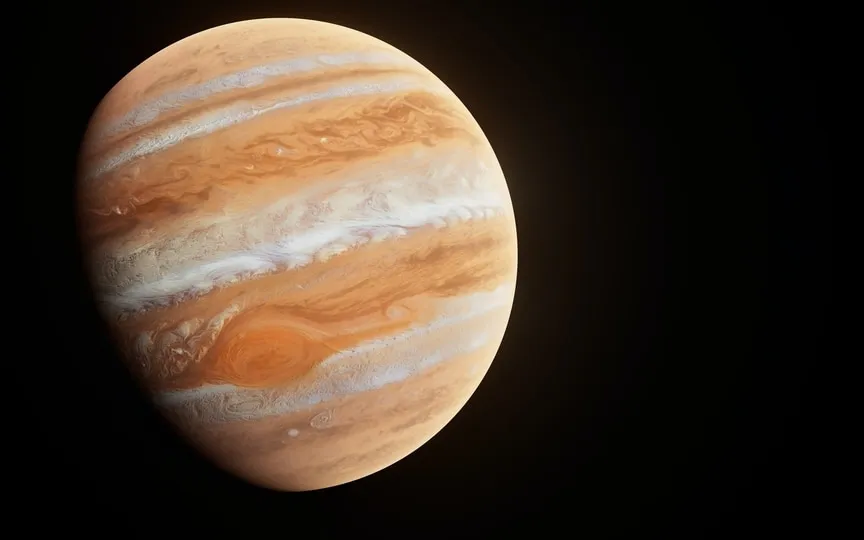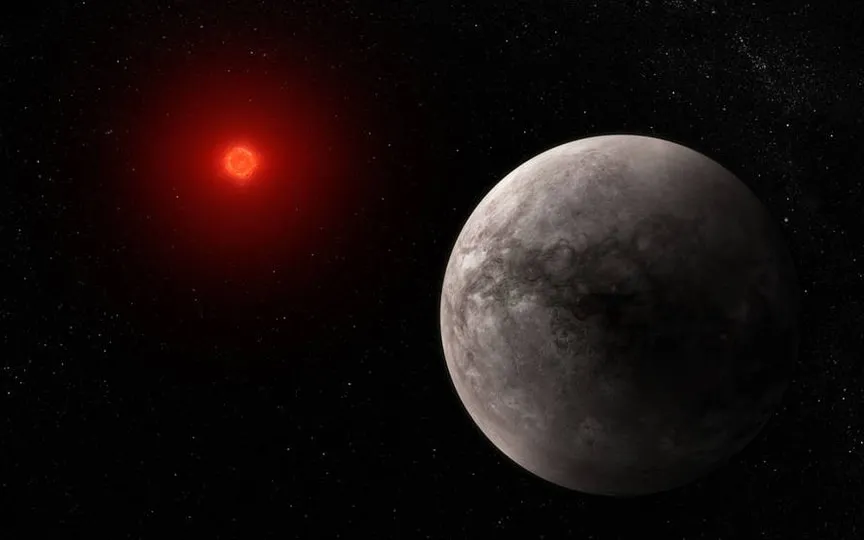Unbelievable! Scientists Unveil the Largest Planet in the Universe – You Won’t Believe It!
In our solar system, Jupiter is widely recognized as the largest planet based on its size and mass. However, there are numerous other planets that surpass Jupiter in size. Regrettably, at present, we cannot definitively determine which planet holds the title of being the largest. In fact, there are multiple contenders for this distinction. The lack of certainty arises from the ambiguity surrounding their sizes and the criteria used to define a planet. Take a look at the insights shared by Thayne Currie, an associate professor of physics and astronomy…
Read More







![Juno sends Jaw dropping pictures of Jupiter[ Representational Image] ( NASA/JPL/SwRI)](https://storage.googleapis.com/returnbyte-bb6b4.appspot.com/blog/res/2023/7/1/jupiter-1688192865482.webp)